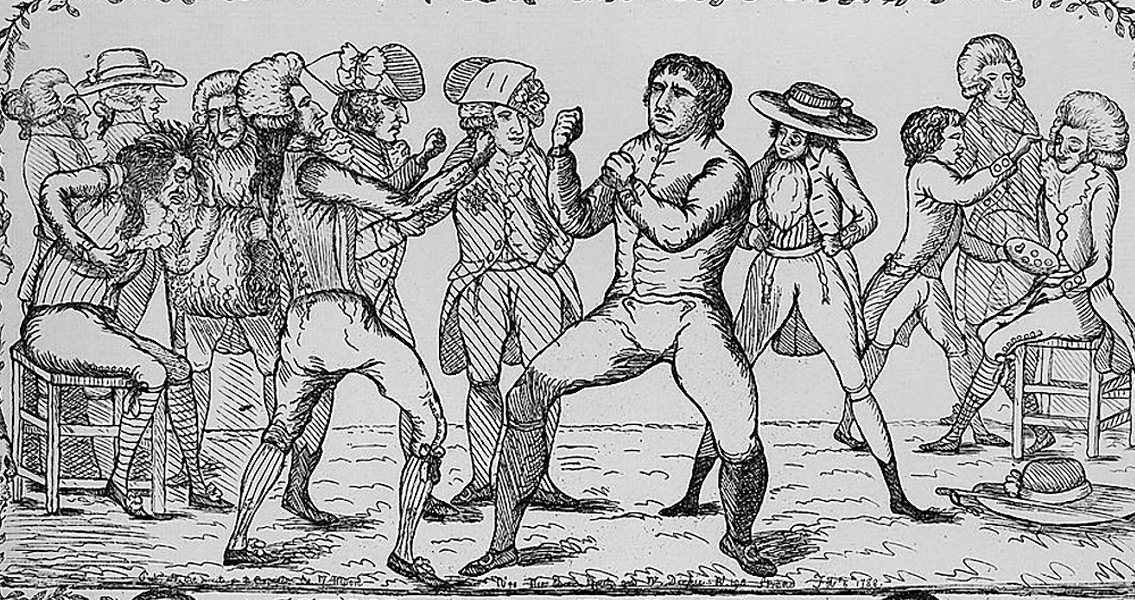<![CDATA[According to new research, the evolution of the human hand is tied to the ability of human males to perpetrate violence in the form of throwing well-aimed, damaging punches at rivals competing for food, shelter, and reproductive rights. The “primal pugilism” theory, which is considered a dark, aggressive, and controversial one when it comes to the development of humanity as a species, was put to the test at the University of Utah. The study’s senior author, biology professor David Carrier, said in a press release from the university that while it may be distressing for some to consider that aggressive behavior had a role to play in the human hand’s evolution – and was therefore an important component of the overall evolutionary development of humanity – his team’s research suggests that the dimensions of the human hand, and its ability to form a fist, have a tale to tell when it comes to the evolutionary history of Homo sapiens as a species. In order to test the hypothesis, Carrier and his team took the arms from eight cadavers and hooked tendons in each arm to high-test fishing line in order to manipulate the muscles connected to these tendons. Then, the arms were put through their paces, slapping and punching padded targets. The results were clear – hands clenched into a fist hit with more than double the force of those left unclenched and open-handed. These results clearly support the theory of aggression in early primates and hominins as an evolutionary advantage, the research team says. Carrier remarked that researchers in the past have made the suggestion that it’s merely a coincidence that the human fist is a result of improved manual dexterity. While he didn’t discount this possibility, he called the possibility of it being a coincidence an “unfortunate” one. The biologist and his colleagues have done previous research on related topics, including how early hominins evolved to have noses and skulls that were more resistant to physical violence, adding that women have less robust faces than men as they had a lower likelihood of being exposed to violence. However, this new research into Homo sapiens suggests that our species evolved other ways to be violent that were independent of facial adaptations to take a punch, the team stated. There has been much resistance to the aggressive ape theory being investigated by Carrier and others. In 2014 alone an article appearing in National Geographic derided the theory for being too simplistic when it comes to early hominid development, going so far as to call it “bro science”. Despite these criticisms, Carrier is steadfast in maintaining that violence is an integral part in the evolutionary development of many species – and that our human ancestors weren’t necessarily peaceful at all times. The researcher added that there are lessons that could be learned by modern males through the lens of this evolutionary history of violence. For more information: www.jeb.biologists.org]]>
Hand Evolution Tied to Throwing Punches
